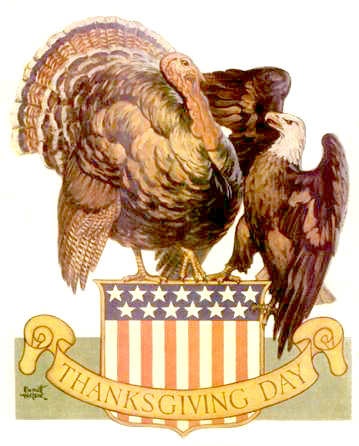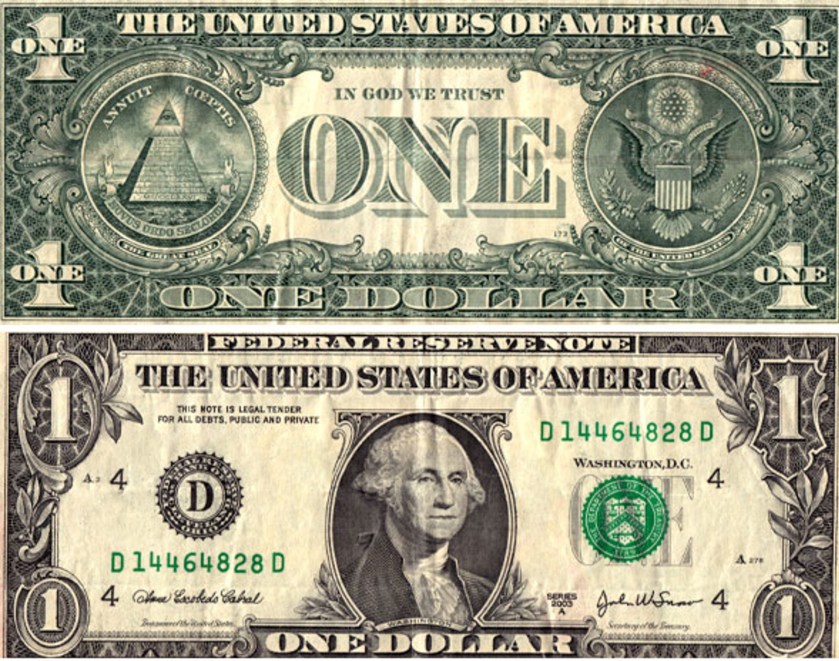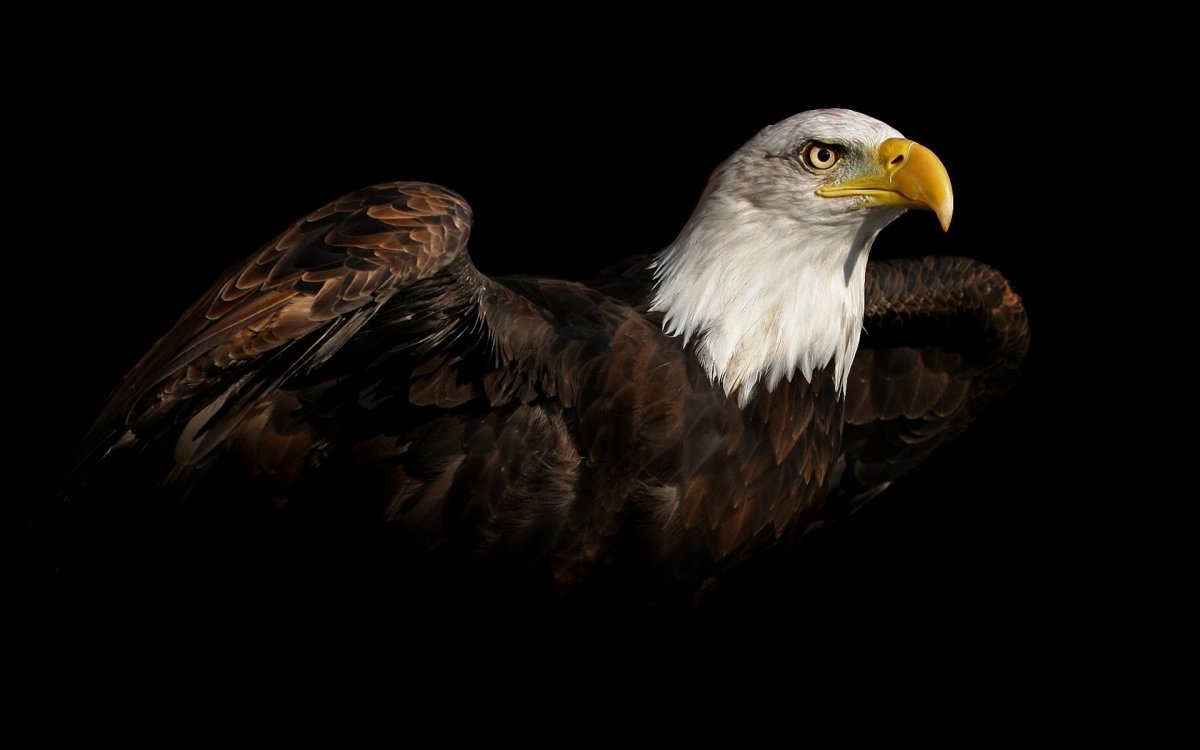Since the age of the Greek phalanx and before, individuals, institutions and nation-states have distinguished among themselves by means of heraldic symbols. From medieval times and lasting to this day, such symbols are incorporated into elaborate coats of arms, used to identify individual persons and families, government organizations, corporations and other entities.

Eighteen states in addition to the United States itself have officially adopted coats of arms, in addition to the formerly independent republics of Texas and Hawaii. These and other symbols are incorporated into official seals, to authenticate passports, certificates, proclamations, and other documents.
Every state in the union has its own seal, as well as the federal district, the five inhabited territories of the United States and the three largest Native American tribes.

When the 2nd Continental Congress declared independence from Great Britain in 1776, there remained several pieces of unfinished business. Benjamin Franklin, Thomas Jefferson and John Adams were appointed to a committee of three to take care of one such detail – the creation of an official seal. The Congress rejected their first draft, approving only the “E pluribus Unum“, (of the many, one), attributed to Thomas Jefferson.
Six years and two such committees later, it was May of 1782. The brother of a Philadelphia naturalist provided a drawing showing an eagle displayed as a symbol of “supreme power and authority.” An earlier submission used a phoenix instead of an eagle, representing a nation risen from the ashes of the Revolution. That bird would be replaced in the final design, by the bald eagle.

Individual states adopted the eagle as their own symbols, as early as 1778. The Continental Congress officially adopted the current design on this day in 1782. The final design of the obverse (front) side of the seal, depicts a Bald Eagle, symbolic of liberty and freedom. The eagle grasps thirteen arrows in its right talons, symbolizing a strong defense. An olive branch symbolizing peace is held in the other claw. A banner containing Jefferson’s E pluribus Unum, is held in the eagle’s beak.
Prominently displayed on its breast is a shield, the thirteen red and white stripes symbolizing the states, arranged in support of the federal government, symbolized in blue.
 Finally, a constellation of thirteen stars breaks out of the clouds above, signifying a new people, now ready to take its place among the sovereign nations of earth.
Finally, a constellation of thirteen stars breaks out of the clouds above, signifying a new people, now ready to take its place among the sovereign nations of earth.
Benjamin Franklin objected to the the eagle’s selection, preferring the national symbol be the turkey. He complained of the eagle stealing its dinner from other birds. He said that he’d seen one driven away by a tiny Kingbird, no larger than a sparrow.

Franklin later wrote a letter to his daughter, saying, “For the Truth the Turkey is in Comparison a much more respectable Bird, and withal a true original Native of America . . . He is besides, though a little vain & silly, a Bird of Courage, and would not hesitate to attack a Grenadier of the British Guards who should presume to invade his Farm Yard with a red Coat on.”
Some versions of the symbol used between 1916 and 1945 showed an eagle facing to its left, toward the arrows, giving rise to the urban legend that the seal is changed to have the eagle face towards the olive branch in peace, and towards the arrows in wartime.
On the reverse (back) side of the Great Seal, the pyramid represents strength and duration, like the great Pyramids at Giza. The Roman numeral MDCCLXXVI at its base translates as 1776. The Latin phrase “Novus ordo seclorum” refers to a “New Order of the Ages.” The pyramid itself has thirteen levels, atop which is the Eye of God, with the Latin phrase “Annuit Cœptis,” loosely translating as “favors undertakings.”
The hand of Providence would favor the United States and its endeavors, for all time.
 The militant atheist type wishing to divest himself of all that “church & state” stuff may, at his convenience, feel free to send those dollar bills, to me. I’m in the book.
The militant atheist type wishing to divest himself of all that “church & state” stuff may, at his convenience, feel free to send those dollar bills, to me. I’m in the book.




Ha! I love the turkey vs. eagle picture! Thanks for the insights on all of the symbolism- interesting stuff.
LikeLiked by 1 person
I thought it was interesting stuff myself. Thanks for taking the time to read it!
LikeLiked by 1 person
I always enjoy what you dig up- I just need about a week to catch up on everything!! 🙂
LikeLiked by 1 person
It’s true about turkeys you know. I grew up in the country and once had one come after me that meant business!! It puts the fear of God into you for sure! Still, I think the Eagle was the more sound choice in the end 🙂
LikeLiked by 1 person
I was dumb enough to feed the damned things for a while, but no more. They turned my yard into ‘Caddyshack’. Gophers got nothing on those suckers.
LikeLiked by 2 people
Ugh! Had no idea they dug up the yard so bad. I’ll pass a word of warning to my folks!
LikeLiked by 1 person
As a non American, I think the eagle is far better! Surely no one would want a turkey as a national emblem.
LikeLiked by 1 person
I agree. I get twenty or thirty of them in my back yard, on a regular basis. It’s like the Butterball Apocalypse. They’re dumber than a bag of hammers, but it gives my dogs something to do.
LikeLiked by 1 person
Ha ha the vision is wonderful!
LikeLiked by 1 person
LOL as a turkey hunter I can only assume Ben was joking with his daughter.
LikeLiked by 1 person